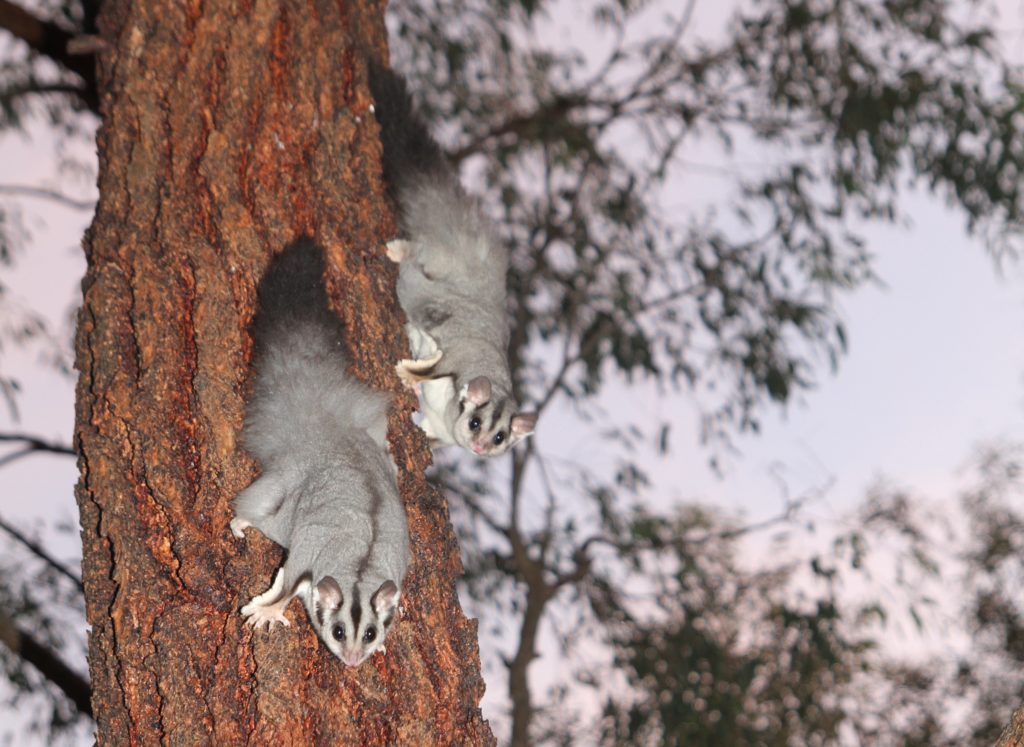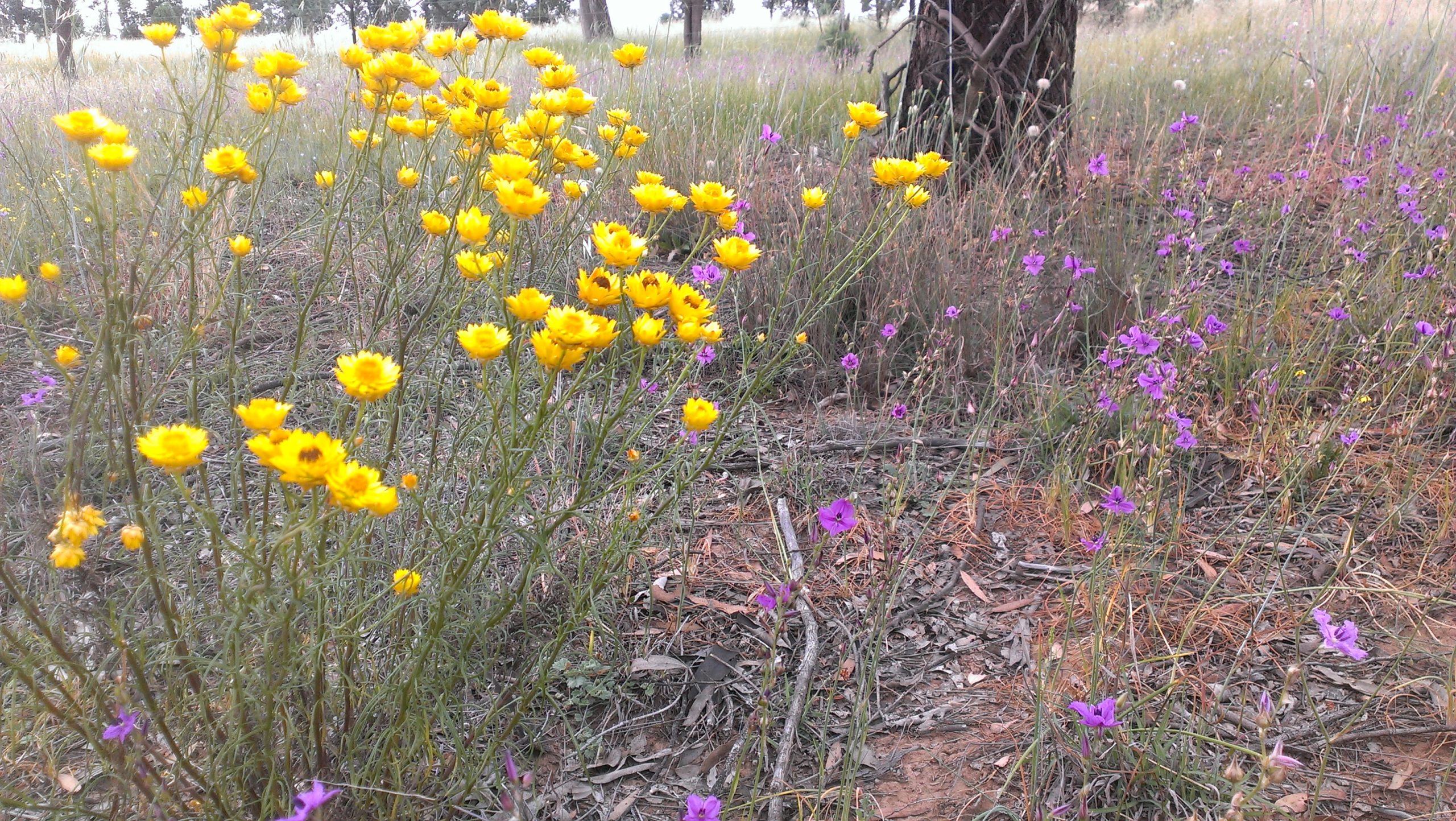Landcare NSW is proud to co-host the NSW Parliamentary Friends of Landcare (PFL) ‘Trees in the House’ 2024 event, presenting case studies that highlight Landcare NSW’s community-led approach to natural resource management and its inclusive motto, “Landcare is for Everyone”.
Established in 2015, the PFL provides a unique platform for NSW Members of Parliament from all parties to connect with and support Landcare initiatives across both urban and rural areas. Landcare NSW, as the peak representative body, focuses on fostering sustainable farming, environmental conservation, and stronger communities, underscoring its role in building a resilient and sustainable future for the state.
Fire Ant Workshop

Granite Borders Landcare Committee hosted a fire ant biosecurity workshop in Tenterfield to address the increasing threat of fire ant infestations spreading from South East Queensland into New South Wales.
With expert guidance from the NSW Department of Primary Industries and the New England Weeds Authority, locals learned about fire ant ecology, infestation indicators, and risk mitigation strategies. Participants developed property biosecurity management plans, received biosecurity signs, and engaged in hands-on training, including a demonstration by a canine detection unit.
The success of the workshop, which fostered community awareness and inter-agency collaboration, led Tenterfield Shire Council to request future workshops to strengthen biosecurity efforts in the region.
Presenter: Granite Borders Landcare Committee
Engaging Gumbaynggirr Youth – South Grafton Dunggirr (Koalas)

Clarence Landcare collaborated with local primary schools in South Grafton to engage Gumbaynggirr youth in koala conservation and environmental awareness.
Supported by the NSW Koala Strategy through Envite Environment, the project brought together Aboriginal students from Gillwinga and St Josephs schools – both of which regularly have koalas on their grounds – for a cultural and educational event.
With guidance from Aboriginal Landcare Officer Michael Kennedy, the students participated in a Welcome to Country, listened to koala songline stories, and enjoyed interactive presentations about koalas and Landcare. The day included hands-on outdoor activities where students learned to identify koala food trees and planted their own, fostering a sense of responsibility and pride in protecting their local environment.
The students’ enthusiasm and interest in joining a Junior Ranger Koala Team underscored the event’s success in inspiring a new generation of environmental stewards.
Presenter: Michael Kennedy, Aboriginal Landcare Officer, Landcare NSW
OzFish & Landcare NSW Collaboration

Landcare NSW and OzFish have partnered on 100 projects across the state to address the critical ecological issues facing NSW waterways, such as declining fish populations, riverbank degradation, and habitat loss.
By uniting recreational fishers and Landcare groups, these projects promote hands-on community involvement in fish habitat restoration, including planting native trees and installing in-stream habitats. The initiative has mobilised thousands of volunteers, strengthening local ties to the environment and showcasing how collaborative efforts can drive meaningful environmental conservation.
This partnership model exemplifies how empowered communities can safeguard NSW’s waterways and promote ecological sustainability for future generations.
Presenter: Ryan Lungu, Program Manager, OzFish Unlimited
Soil Ya Undies

The ‘Soil Ya Undies’ activity, part of the Western Landcare School Education Program, educates primary students in Western NSW about soil health by engaging them in hands-on learning.
Inspired by work from Oliver Knox at the University of New England, the program involves burying cotton and synthetic underwear in school grounds to observe how soil affects decomposition over six weeks.
Supported by worksheets on soil types and fibre composition, the activity encourages students to discuss soil’s role in sustainable agriculture, food production, and environmental health. This fun, practical approach fosters early understanding of the vital connection between soil health and agricultural productivity.
Presenters: Associate Professor Oliver Knox, University of New England, and Vanessa Anderson, Local Landcare Coordinator Schools & Junior Landcare, Western Landcare NSW
WildVenture Landcare for Young Adults

WildVenture is a program in Greater Sydney that creates flexible, social events aimed at engaging young people in environmental restoration and building a community connected to nature.
Responding to challenges like eco-anxiety, digital isolation, and the difficulty young people face in finding supportive networks and accessible volunteer opportunities, WildVenture offers low-commitment events that allow young adults to participate in activities like citizen science, bushcare, and tree planting.
Over the past seven months, WildVenture has hosted eight events with around 100 young volunteers, fostering friendships and encouraging recurring involvement. To expand its impact, WildVenture seeks funding to increase event coverage across the Greater Sydney Basin, provide more restoration opportunities, and improve transport options, aiming to grow a vibrant environmental community for Sydney’s youth.
Presenter: Sophie Blair, Local Coordinator, Greater Sydney Landcare



 Our leaders were Linda Cavanagh, Boorowa Community Landcare Group and South-East NSW Regional Landcare Coordinator, who is a genius at getting groups to come together on land issues; newly appointed Boorowa Community Landcare Project Officer, Amber Kelly from Rugby; and Scott Hickman from Canowindra who has a mentoring role with the Boorowa Grazing Group and long experience as the Project Officer of the Mid Lachlan Landcare Group Project, Growing the Grazing Revolution.
Our leaders were Linda Cavanagh, Boorowa Community Landcare Group and South-East NSW Regional Landcare Coordinator, who is a genius at getting groups to come together on land issues; newly appointed Boorowa Community Landcare Project Officer, Amber Kelly from Rugby; and Scott Hickman from Canowindra who has a mentoring role with the Boorowa Grazing Group and long experience as the Project Officer of the Mid Lachlan Landcare Group Project, Growing the Grazing Revolution. Moving down the slopes the soils are granite derived. The land was attractive and undulating with a scattering of remnant eucalypts. There was quite a bit of discussion about the importance of looking out for volunteer seedling eucalypts and trying to protect them from grazing. Unplanned grazing where stock are left in one place for extended periods tends to lead to the death of these infrequent seedlings. The longer recoveries associated with planned recovery grazing can be the trigger for the appearance of volunteers.
Moving down the slopes the soils are granite derived. The land was attractive and undulating with a scattering of remnant eucalypts. There was quite a bit of discussion about the importance of looking out for volunteer seedling eucalypts and trying to protect them from grazing. Unplanned grazing where stock are left in one place for extended periods tends to lead to the death of these infrequent seedlings. The longer recoveries associated with planned recovery grazing can be the trigger for the appearance of volunteers.

